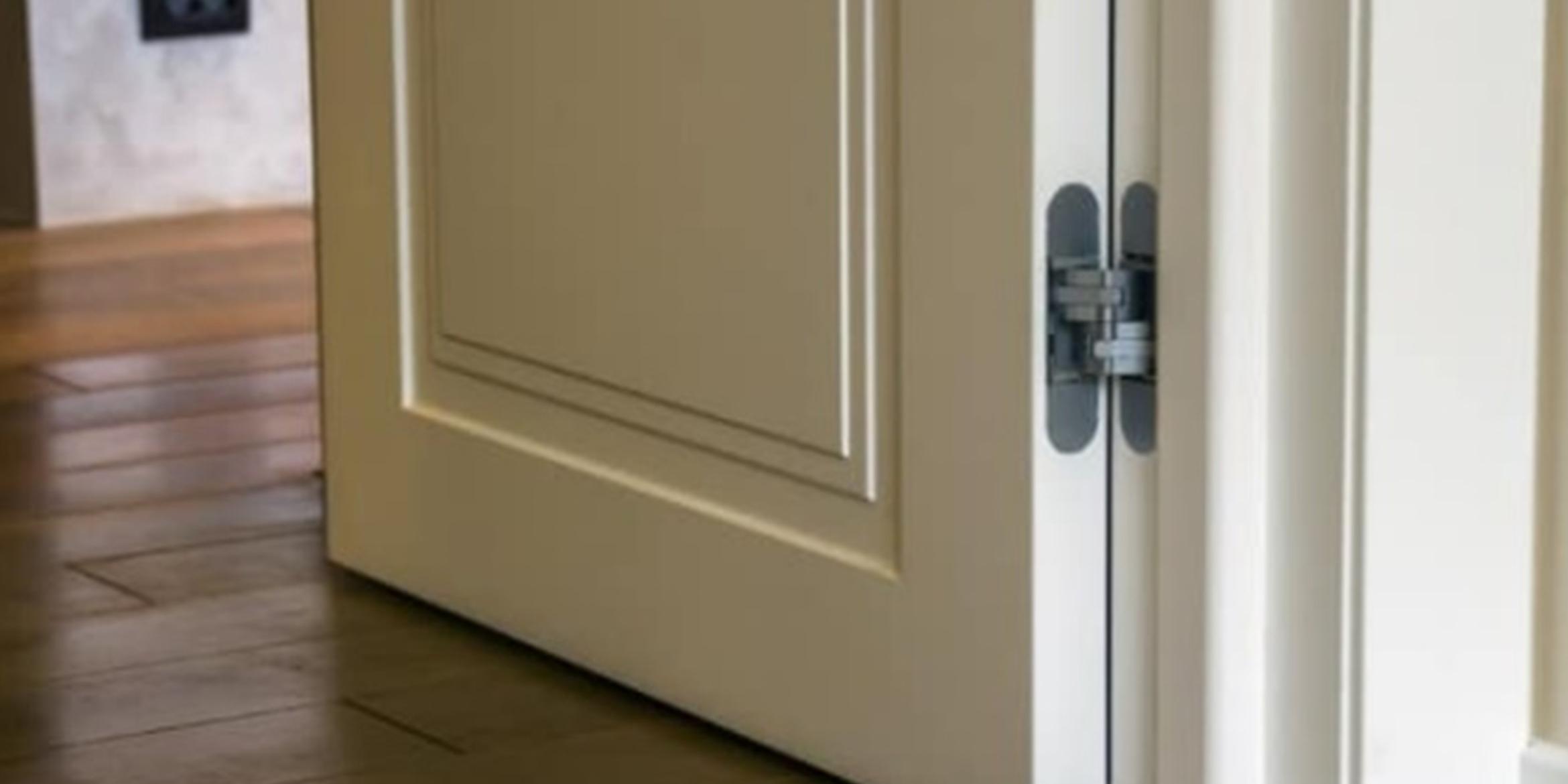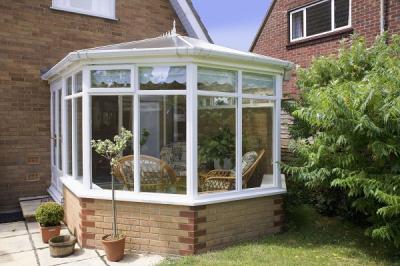Replacing internal doors in a house
When replacing internal doors in a house, it is important to consider if they perform the function of a fire door, assist with good circulation of air around the house or provided thermal separation between an exempt conservatory or porch.
In most new 2-storey houses, doors between internal rooms do not need to be fire resisting; however, any door between living spaces and an integral or attached garage should provide at least 30-minutes' fire resistance, be fitted with a self-closing device, and have effective cold smoke seals around its edges.
How to identify a fire door
- there should be, in modern homes, a label fixed to the top edge of the door, which will indicate its fire performance:

- other indicators might be: smoke seals around the door’s edges, and a self-closing device fitted to the door
- for older fire doors, there might be a small colour-coded plug in one of the side edges, that indicates its fire performance:

Ventilation considerations
Most modern homes will also benefit from whole house ventilation, which relies on small ventilators in windows or walls (background or trickle vents), or passive stacks, or a continuous mechanical extraction, or ventilation and heat recovery system.
In all these cases, the effective circulation of air – via natural draught or mechanical extraction – will rely on air transferring between rooms by being drawn under the bottom of internal doors to effectively circulate between the ventilation device(s) e.g., windows or supply and extract ventilator grilles.
For good air transfer between rooms, replacement doors should have a minimum air gap of 7,600mm2. In many cases, modern house doors are around 760mm wide, which will require an undercut of 10mm (3/8 inches) between the bottom of the door and the top of the floor finish – carpet, tiles, laminate boards etc.
If the home has been stripped of all floor finishes, and the doors are replaced before new carpets or boards are installed, then the undercut should be 20mm (3/4 inches) high, to allow for the thickness of a new carpet, floor tile, or board finish afterwards. A lack of a suitable undercut could affect the ventilation and lead to poor air quality, excessive condensation, and in some cases, mould growth.
You must contact Building Control if...
- you are removing or replacing doors between an exempt conservatory or porch. This is controlled and notifiable building work as it could be classed as: a material change of use, a change in the energy status of the conservatory or porch, or the provision of a controlled service or fitting
- you are removing or replacing any internal fire-resisting door. This is controlled and notifiable work as it is classed as a material alteration of the building
For any of these cases you must discuss your proposals with your local authority Building Control team as soon as possible, to ensure the work will comply with the Building Regulations.
You don't need to contact Building Control if...
You are replacing the internal doors in a house (other than fire doors and doors between an exempt conservatory or porch). This is not notifiable or controlled work but any work must not make the conditions of a home worse than they were before the work was carried out and you must ensure that you maintain good ventilation standards.
Please Note: Every care was taken to ensure the information was correct at the time of publication. Any written guidance provided does not replace the user’s professional judgement. It is the responsibility of the dutyholder or person carrying out the work to ensure compliance with relevant building regulations or applicable technical standards.
Sign up to the building bulletin newsletter
Over 48,000 construction professionals have already signed up for the LABC Building Bulletin.
Join them and receive useful tips, practical technical information and industry news by email once every 6 weeks.
Subscribe to the Building Bulletin





Comments
Removing non fire doors
Submitted 1 year 8 months ago
We would like to remove a set of double doors between our dining room and lounge, eventually we will install an RSJ and open up the wall area where the door sits. 2 storey house. Kitchen/dining room (open plan)
Kitchen and lounge have another door which opens onto hallway
Thanks in advance
LABC Response
Submitted 1 year 8 months ago
Thank you for your enquiry.
Before you start to carry out any structural work, you will need to notify your local authority building control team. You can find the contact details of the relevant building control team by entering your postcode in the search box at the top right-hand side of our website.
Best,
LABC Team
Ground Floor Doors
Submitted 1 year 7 months ago
Now a new construction project is underway (ground floor extension) which makes means of escape worse as a door to outside is being removed as part of this project.
The ground floor glazed doors (to protected escape route) have been thrown away by mistake.
Building Control are now asking for replacement fire doors to escape route.
If the glazed non fire doors were not thrown away, would it have been needed to upgrade these doors to fire doors to comply with Building Regulation, or could have the glazed non fire doors remained.
LABC Response
Submitted 1 year 7 months ago
LABC is a membership organisation, providing advice and support to its member local authorities around England and Wales. As a result, LABC cannot comment on the application and enforcement of the Building Regulations to a particular situation as this is a matter for the local council and ultimately the courts.
Best,
LABC Team
Internal fire door replacemnt
Submitted 1 year 5 months ago
Two of the doors are 45mm fire doors with self closing mechanisms, which to be honest I find a bit dangerous as they close the door with a lot of weight and speed and could easily take small fingers off!!
The other two doors are not fire doors (airing cupboard and bathroom).
My question is, do I have to keep the self closing mechanisms on the doors? Should I fit intumescent strips? If I fit strips can I forget the self closing mechanisms? Or should I do both self closing mech and intumescent strips?
Thanks for any response.
LABC Response
Submitted 1 year 4 months ago
LABC is unable to help you with your distinct requirements.
Please discuss your proposals with your contractor.
They can then contact the Building Control team at your Local Authority for review of project specific submissions.
Best,
LABC Team
Internal wooden double doors
Submitted 1 year ago
LABC Response
Submitted 10 months 1 week ago
You will need to clarify with the contractor any of your concerns relating to the colour, that is not a matter that is within the remit of either LABC or LABCW
The tolerances for non-fire rated internal doors from an LABC Warranty point of view are as follows:
• The meeting of the stiles in a double door should be 4mm and the latch would then function correctly.
• The floor to door gap should be 10mm with a floor covering in place, or 22mm where the floor covering is yet to be laid.
If the doors are fire rated, for any reason, then you will need to refer to the tolerances specified by the manufacturer of the fire door set.
Best,
LABC Team
Add new comment